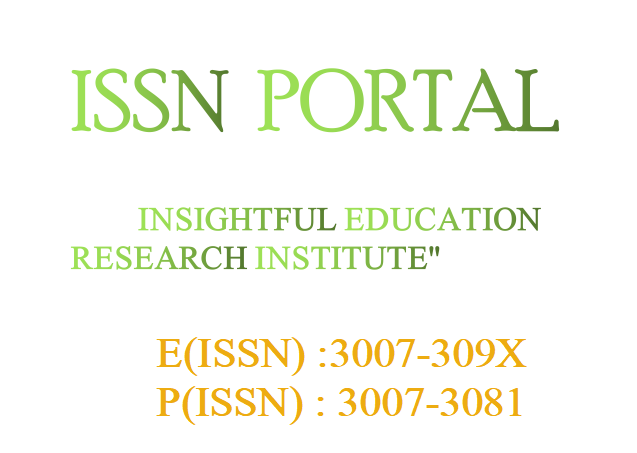ROLE OF HORMONAL AND ENVIRONMENTAL FACTORS IN BREAST CANCER DEVELOPMENT
DOI:
https://doi.org/10.62019/azaw6j18Keywords:
Breast cancer, Hormonal factors, Environmental factors, Endocrine disruptors, Estrogen receptor positive, Genetic predispositionAbstract
Purpose – This research investigates the impact of hormonal and environmental factors on breast cancer, particularly concentrating on the interconnections between estrogen metabolism, endocrine disrupting chemicals (EDCs), and socio-economic lifestyle constituents. The study seeks to develop strategies to mitigate the risk of breast cancer by exploring the interplay between hormonal transitions, changes in the environment, and the risk associated with breast cancer.
Design/Methodology/Approach – This study utilizes a cross-sectional quantitative research design where a literature review is coupled with primary data collection via structured questionnaires targeting healthcare workers, bioinformatics specialists, and patients. The survey measures the level of awareness among participants regarding the various themes associated with the development of breast cancer, their perceptions, and attitude towards risk factors as well as the adequacy of current preventive actions initiated towards breast cancer. The data entails complex statistical calculations designed to test the hypothesis that exists about environmental EDCs radiation and concealment of hormonal imbalances with the incidence of breast cancer.
Overall Conclusions – Initial findings suggest the likelihood of a causal relationship of increased chances of contracting breast cancer to be directly linked with the length of exposure to hormonal factors like estrogen and exposure to some environmental factors like endocrine disrupting chemicals. Estimations of high incidence rates of breast cancer which are early in the onset and positive ER cases are associated with phenomena such as the onset of menarche at a younger age and retirement of menstruation later in life along with hormone replacement therapy. Alongside these factors, there is growing concern regarding breast cancer risk associated with environmental pollutants like Bisphenol A and pesticides. But the complete understanding of the degree of impact of such exposures, especially regarding the extent of their impact over time remain puzzling according to the research.
Conclusion - Change in the focus regarding multi approach techniques to controlling the case of breast cancer that are hormonal driven along with environmental shifts needs to emphasize this much is clear as per the paper. The excerpts make it clear that breast cancer genetically is tied to an individual intensely, but the consideration of hormone disruption along with an imbalance of cancer-causing elements served a danger in declining the situation. These aspects call attention to the need to study the ways in which such characteristics accelerate cancer to develop stronger measures aimed at public health. It is of utmost importance for learning the combined influence of elements related to hormones and environment on the individual body so as to bring forth tailored methods for preventive actions enhancing early identification and treatments of the disease.
Practical Implications - The research brings forth the need for defining clear public health policies aimed towards restraining the and exposure to EDCs (Endocrine Disrupting Chemicals) and environmental pollutants. Also, the researchers emphasize the need to educate the public and healthcare providers on the dangers of hormonal therapies and environmental toxins. Careful control of the marketing and use of dangerous products containing chemicals, as well as increasing attention to lifestyle choices that lead to hormonal shifts, could significantly decrease the chances of developing breast cancer.
Originality/Value - This research expands the existing studies concerning the causes of breast cancer in relation to the environment and hormones. This study's identification and assessment of critical hormonal and environmental risk factors will assist in developing efficient preventive measures while calling for a shift towards a comprehensive public health approach, which integrates clinical practice with proactive care. The results form the basis of subsequent studies on the control of hormonal and environmental variables to mitigate the incidence of breast cancer globally.







